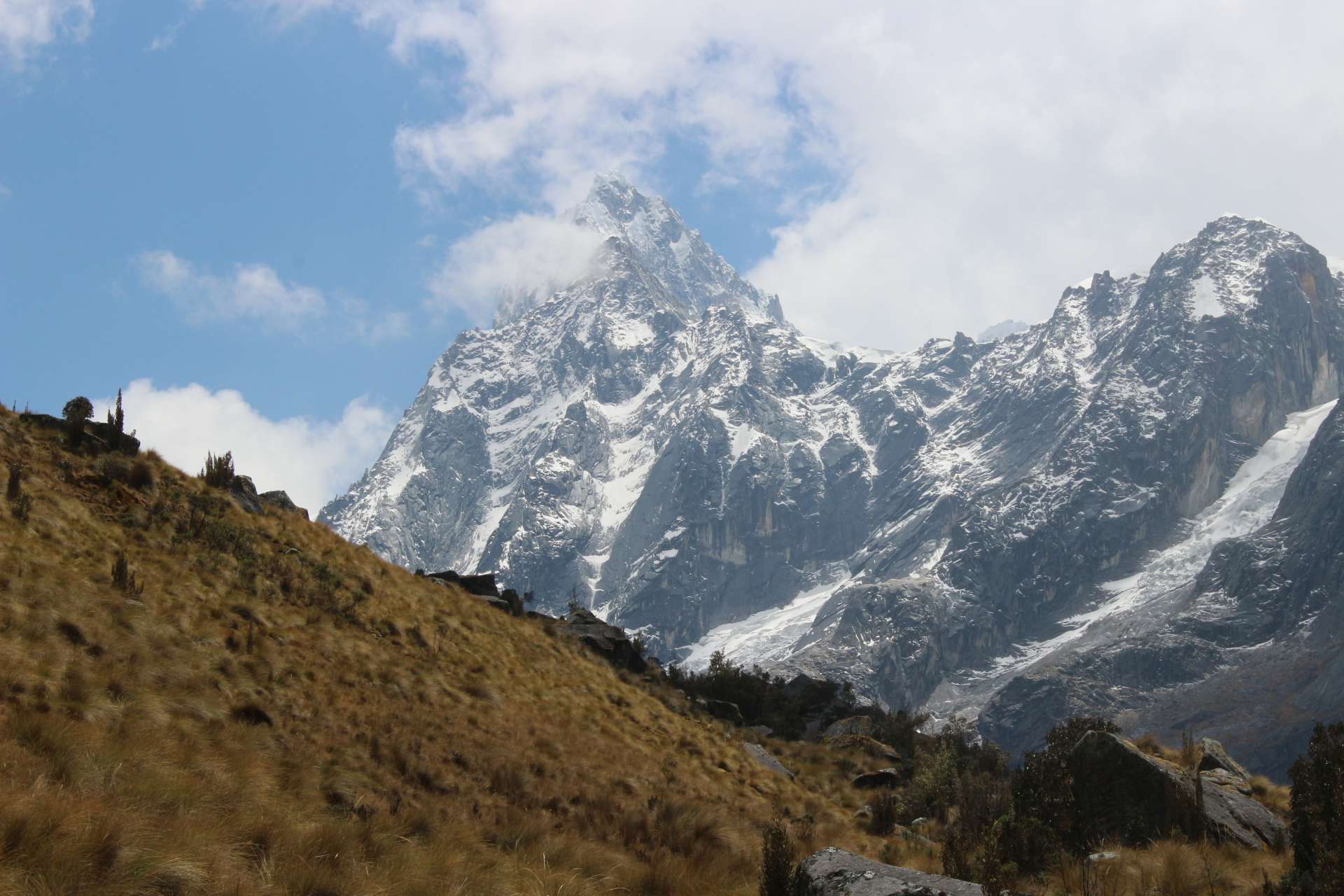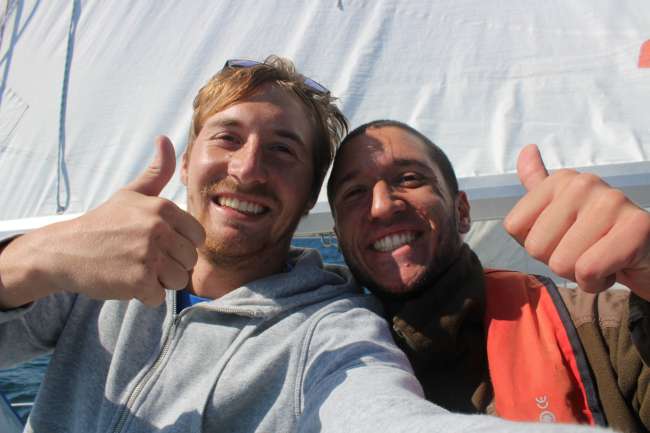The temples of the Incas and what else is running around here
Whakaputaina: 10.09.2016
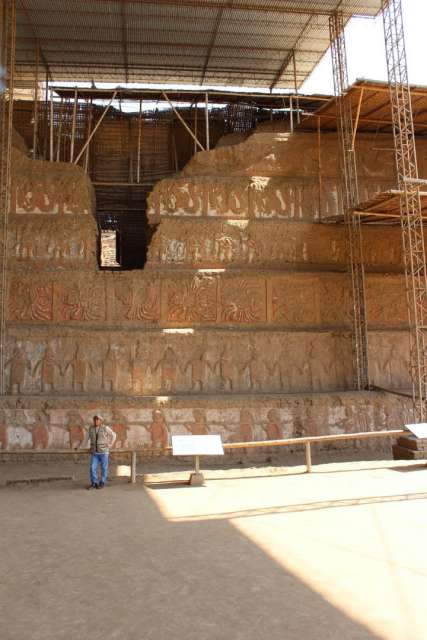
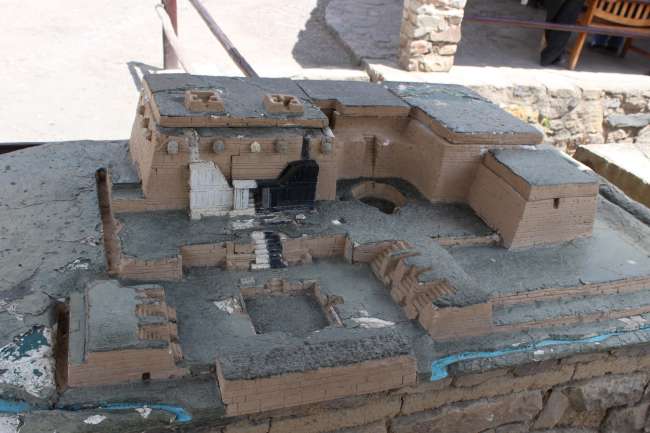
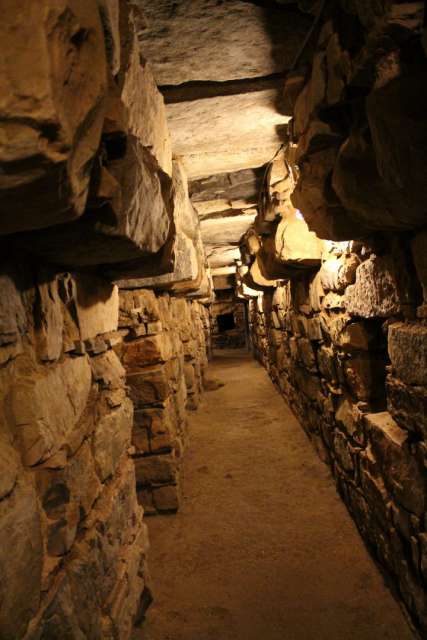
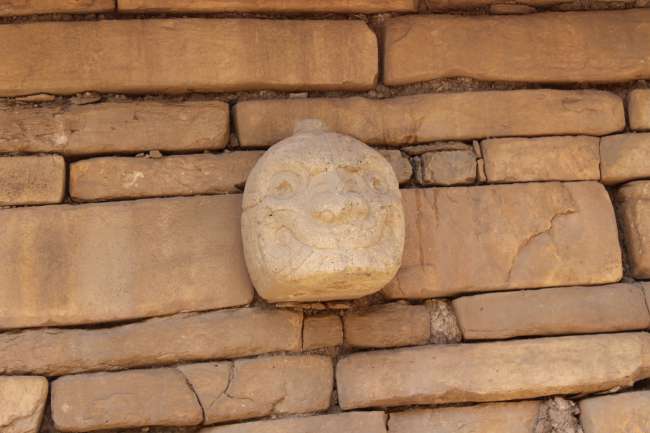
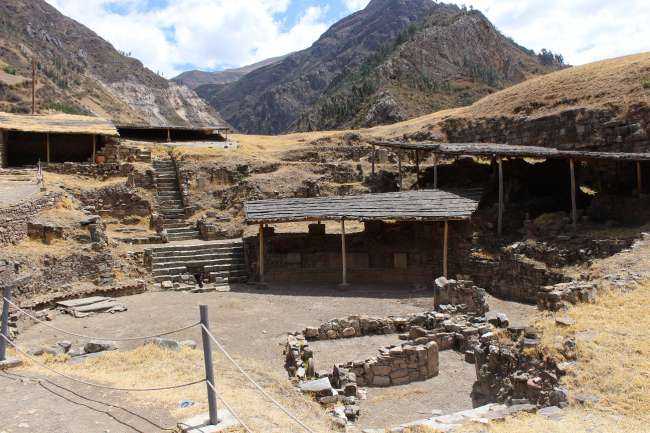
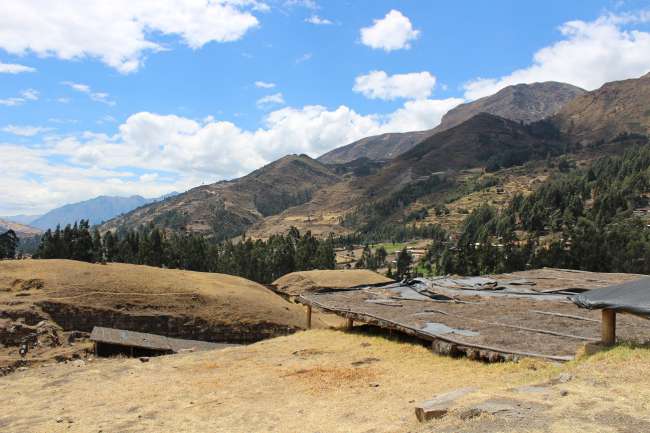
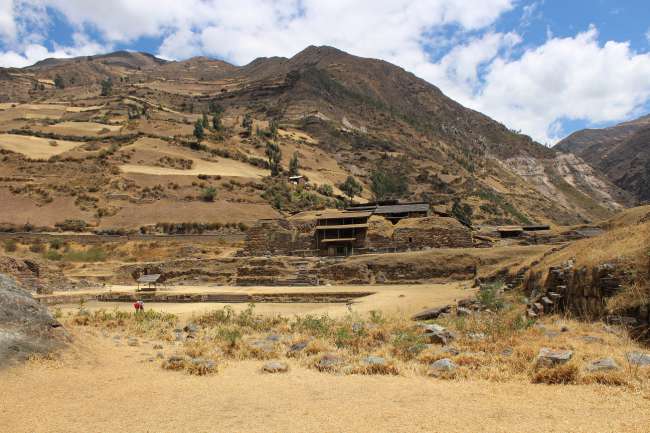
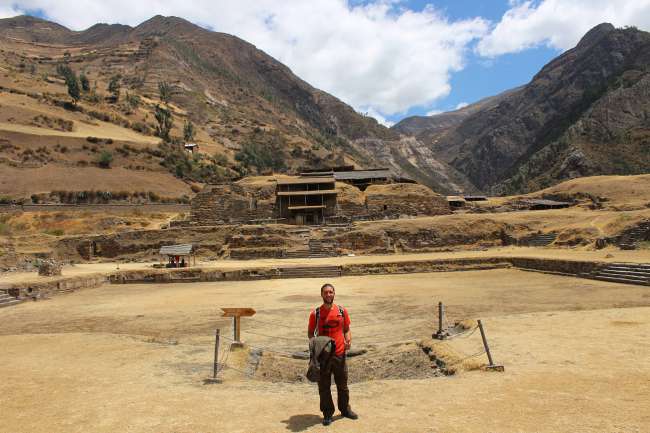
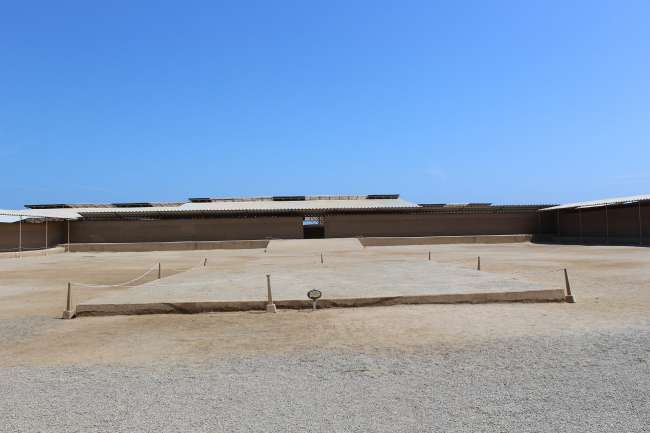
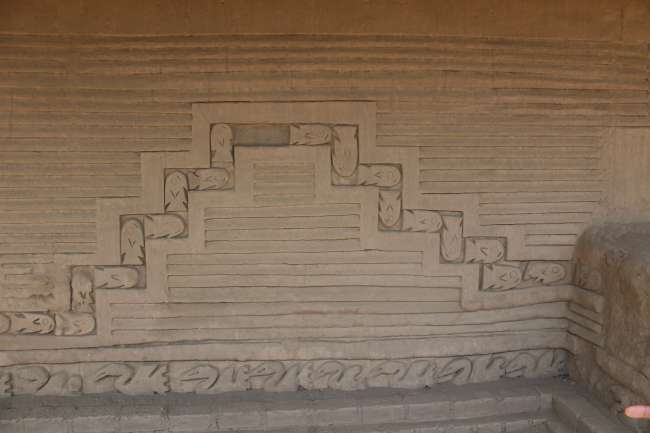
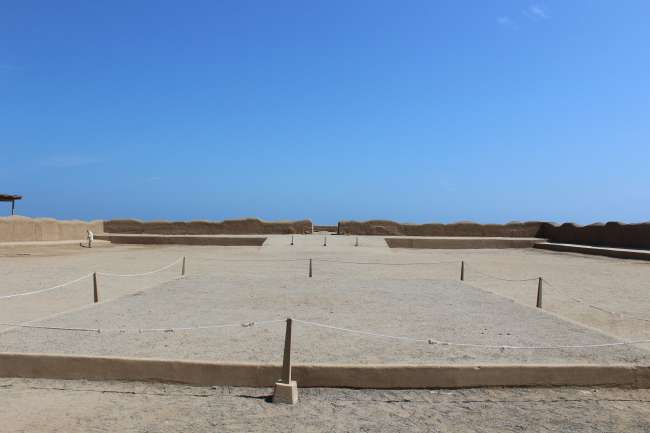
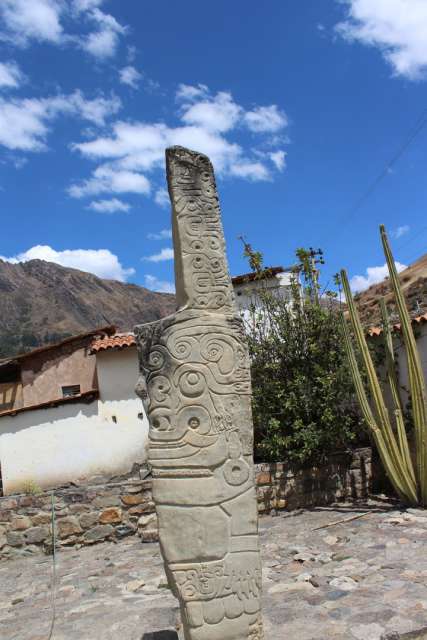
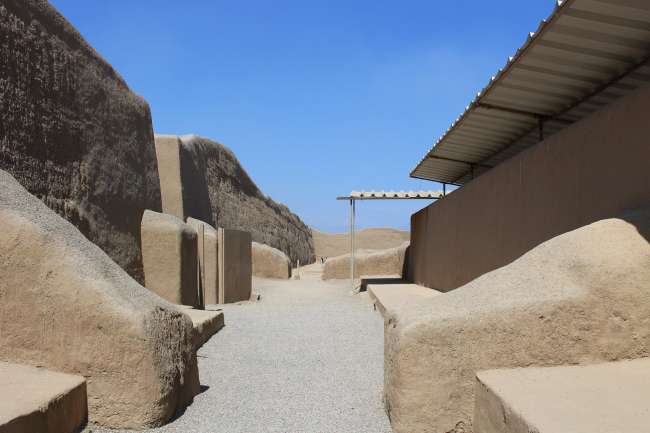
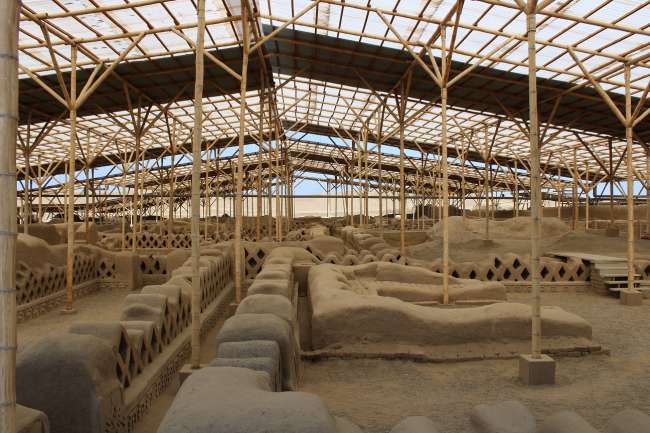
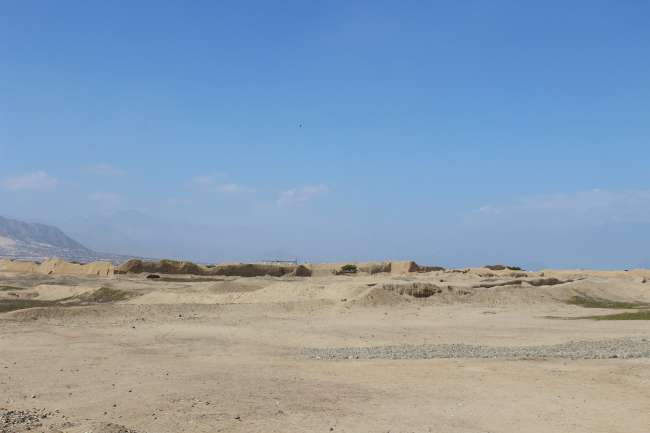
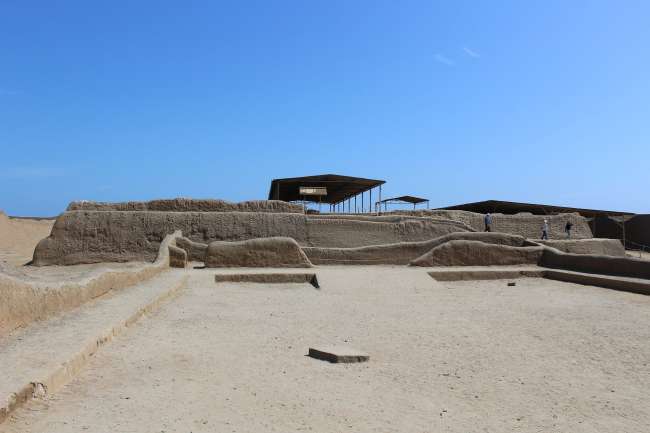
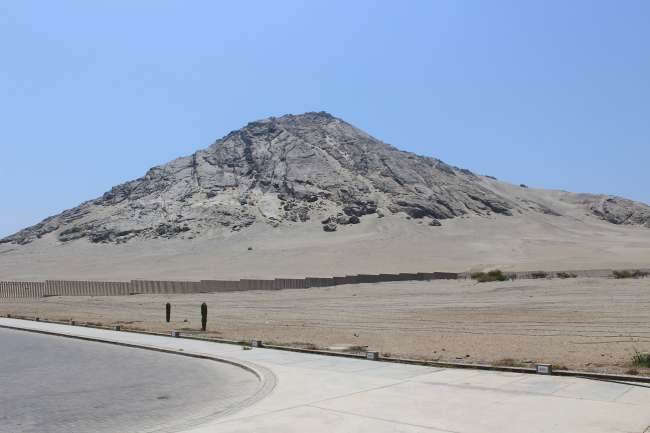
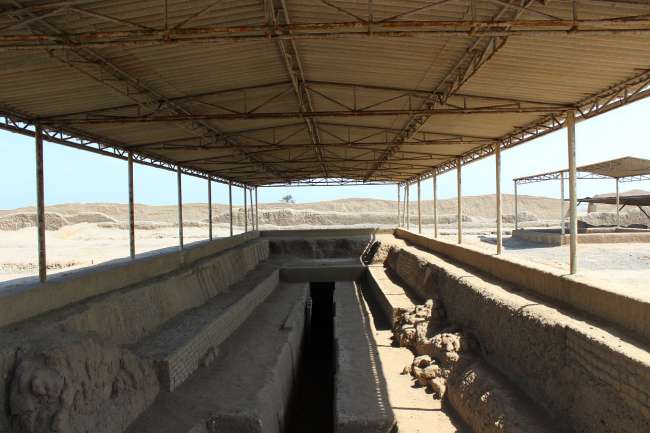
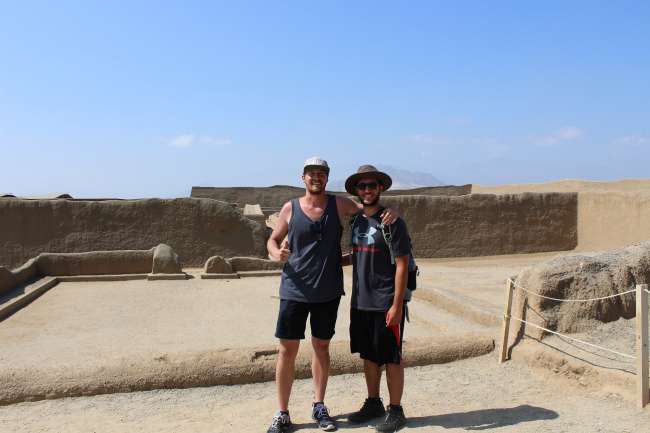
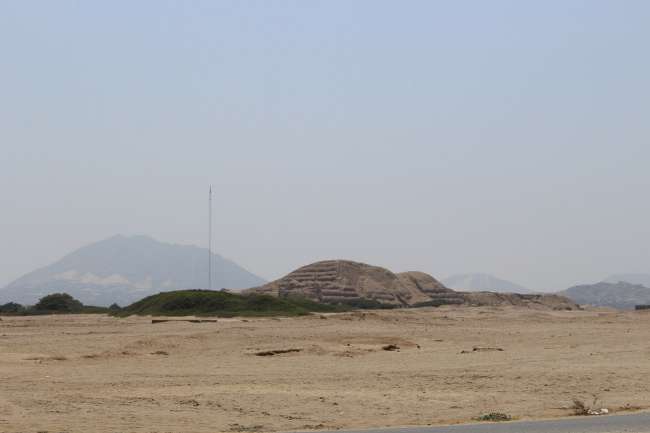
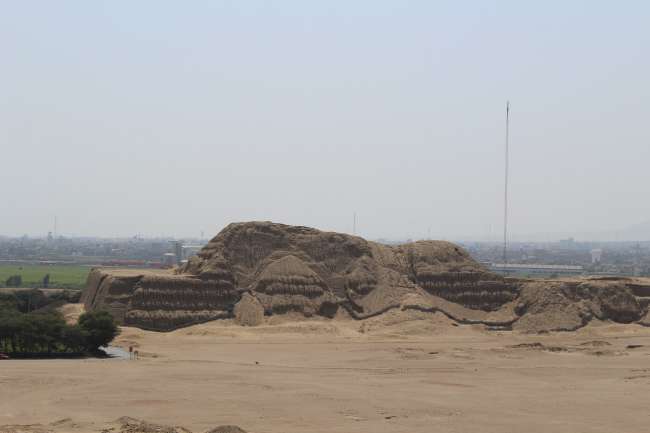
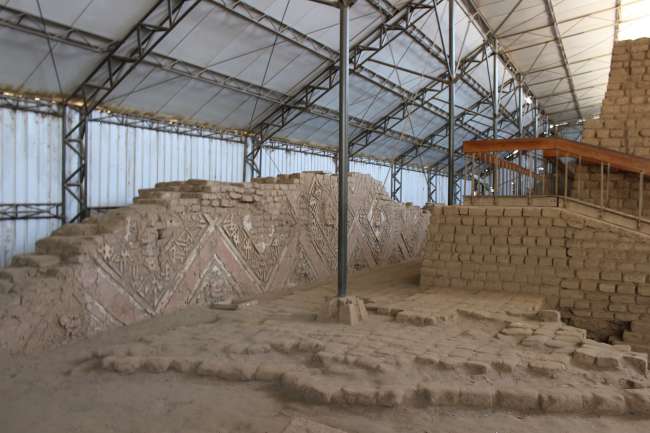
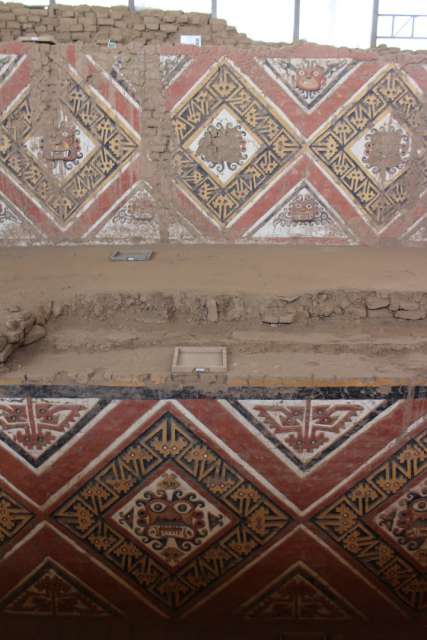
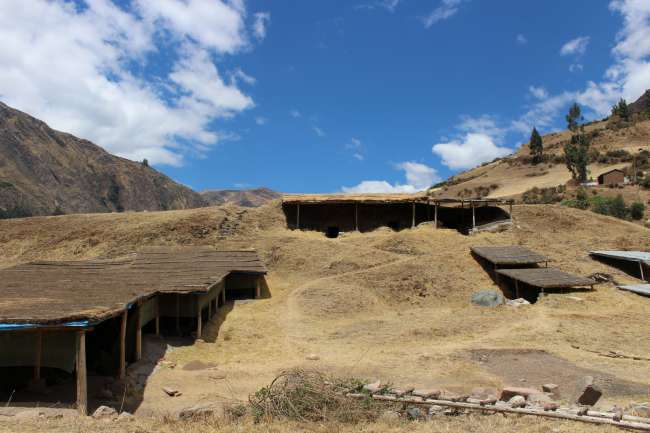
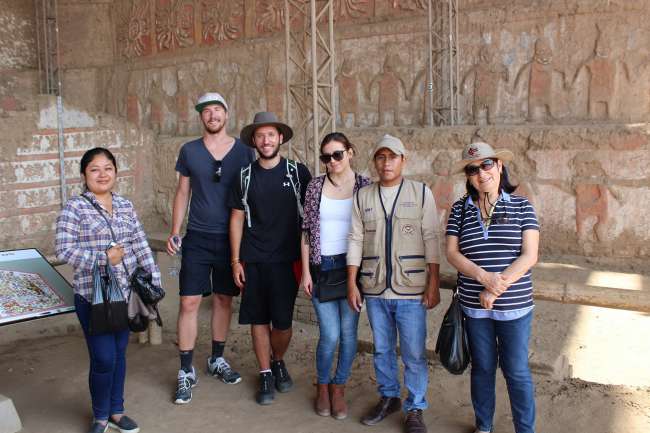
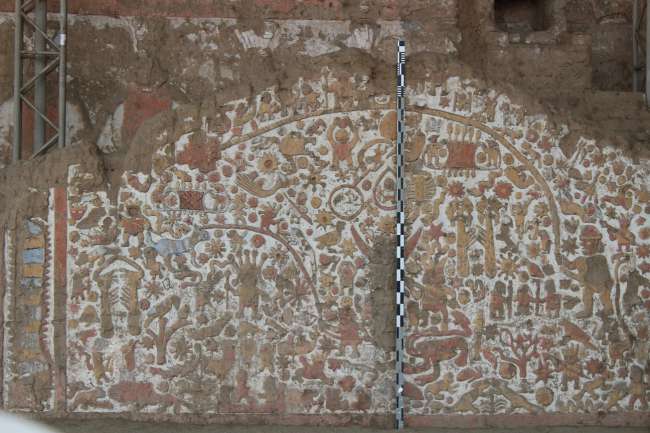
Ohauru ki te Panui
On our journey we have been able to visit three different temples of the Inca culture so far. all three extremely different but still with some parallels.
1. Chavin de Huantar
Near Huaraz, only three hours away by Collectivo Bus, there is a ruin of the Chavin to be found. It is surrounded by mountain peaks at an altitude of about 3000m and its beginnings can be traced back to 3000 BC. The temple's heyday was between 800 BC and 200 BC, and the Incas from all mountain regions flocked here to participate in rituals. The forecourt of the temple was accessible to everyone and primarily shells, llamas, and food were sacrificed. The temple itself and the round courtyard were reserved for priests and the upper class. Here and in the tunnels in the temple, drug rituals with hallucinogens took place with the aim of becoming a hybrid being. The rituals were acoustically supported by blowing conch trumpets and water flowing through underground channels. The engineers of the time managed to create a gigantic atmosphere inside the temple by redirecting the river.
2. Chan Chan
Chan Chan is a very young temple dating back to the 14th-17th century. Chan Chan was actually a city with about 250,000 inhabitants and had 9 palaces. We were able to visit one of them. The majority of the palace was used for receiving offerings. The normal population, about 95%, had to pay tribute here depending on their field of work (rooms marked by symbols). In the rear area lived the middle and upper class as well as the king and the priests. They could store food in the palace for about 10 years. In the middle of the palace, there is a ceremonial pool, which was flooded by the tides during full moon and where the king held ceremonies. The king had 90 wives and when he reached a certain age, he and his main wife had to poison and sacrifice themselves for the sake of the gods.
3. Huaca de la luna y sol
The most impressive temple was Huaca de la luna. The Huaca del sol was the earthly palace of the city at that time and unfortunately is 75% destroyed and cannot be visited. The Huaca de la luna was the spiritual temple where ceremonies and offerings took place. It dates back to the 3rd-8th century AD. At that time, the temple was walled up every hundred years and a new temple was built on top of the previous one. This is why temples 1-6 are well preserved in their colors and drawings in the excavations. The architects and engineers of the time managed to build the temple earthquake-proof. In Huaca de la Luna, sacrificial ceremonies took place at regular intervals and during El Ninio years. Warriors fought against each other for this purpose. The loser was then tied up naked and had to fast for four days, after which his throat was cut and the high priest drank his blood in front of the population to appease the gods.
Greetings Marius & Max
Ohauru ki te Panui
Whakautu (1)
robert
Hallo Max.
herzlichen Glückwunsch zu deinem Geburtstag.
Wir verfolgen eure Tour aufmerksam.l Super Sache
Die drei Tawerner.
Ripoata haerenga Peru
